As educators, our ultimate goal is to not only impart knowledge but to ignite a passion for learning in our students. One effective method to achieve this is by using provocations – strategies that create questions, spark curiosity, and even foster disagreement. This approach encourages active engagement and deeper understanding.
Provocations are powerful tools in the classroom. They go beyond the traditional lecture format, inviting students to think critically, question, and engage in discussions. A simple demonstration or explanation can open up a world of inquiry. When students encounter a concept that challenges their understanding, it naturally leads to curiosity and engagement.
Why Encourage Questions and Disagreement?
Encouraging students to question and even disagree with a concept serves multiple purposes:
- Enhances Critical Thinking
When students question what they learn, they develop critical thinking skills. They learn to analyze information, weigh evidence, and form reasoned conclusions. - Promotes Active Learning
Disagreements and debates make the learning process active. Instead of passively receiving information, students actively engage with the material, enhancing their understanding and retention. - Fosters a Safe Learning Environment
A classroom where questioning and disagreement are welcomed becomes a safe space for intellectual exploration, where students feel comfortable expressing their thoughts and opinions.
It is ok if the provocation creates disagreement! It is far better to have engaged learners debating a topic than simply being apathetic to the topic that you are teaching. This includes adults too!
Implementing Visual Demonstrations and Explanations
Visual demonstrations and explanations can be particularly effective in creating provocations. Here are some tips on how to implement them effectively:
- Choose Relevant and Engaging Content
The demonstration should be closely related to the topic and interesting enough to capture the students’ attention. - Encourage Observation and Inquiry
Ask open-ended questions to encourage students to observe and think about the demonstration. Prompt them to consider why things happen the way they do (for example, 50 questions kids can answer about the environment) - Facilitate Discussions
After the demonstration, facilitate a discussion. Encourage students to share their observations, questions, and theories. - Tailor to Different Learning Levels
Modify the complexity of your demonstration and explanation according to the student’s age and comprehension level. - Connect to Real-World Applications
Show how the concept applies in real life. This not only makes the learning more interesting but also demonstrates the relevance of what they are learning.
Go further: Listen to the podcast with Jacqueline McCarthy as she discusses provocations in the primary science classroom
Using provocations in teaching, especially through visual demonstrations and explanations, can transform the classroom into a dynamic learning environment. It encourages students to engage, question, and think deeply, which are essential skills in today’s rapidly changing world. As teachers, it’s important to craft these learning experiences thoughtfully, ensuring they are inclusive, stimulating, and relevant. Remember, the way you address these provocations can make all the difference in your students’ educational journey.
Happy teaching,
Primary science teaching book!
“Be Amazing! How to teach science, the way primary kids love”


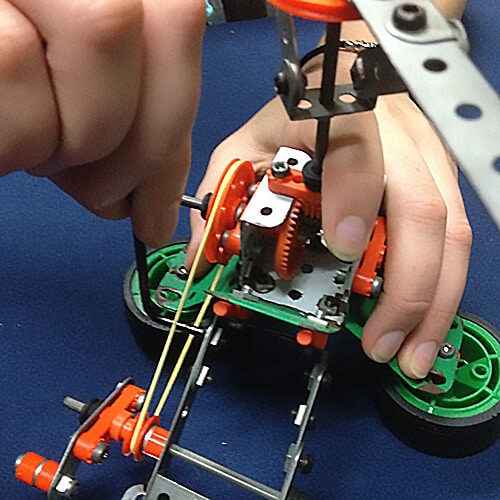


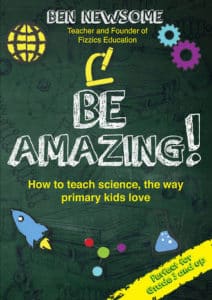



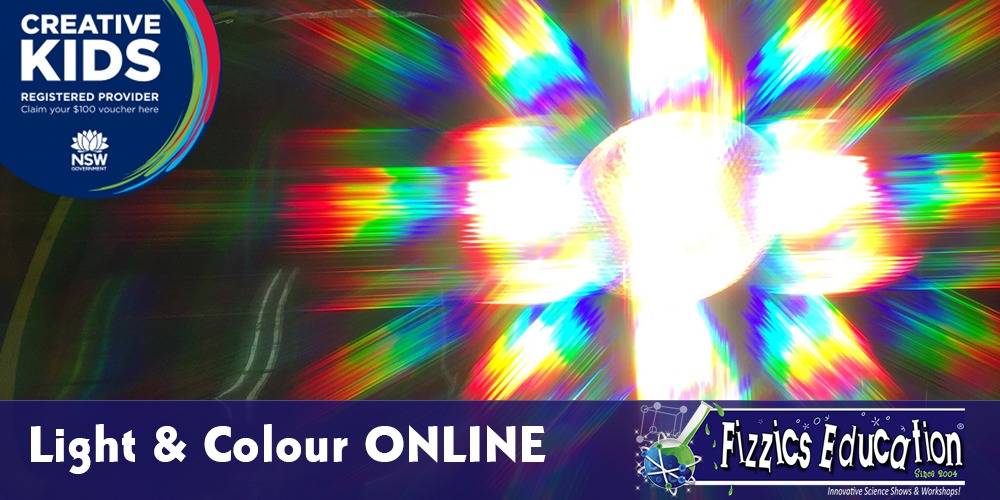
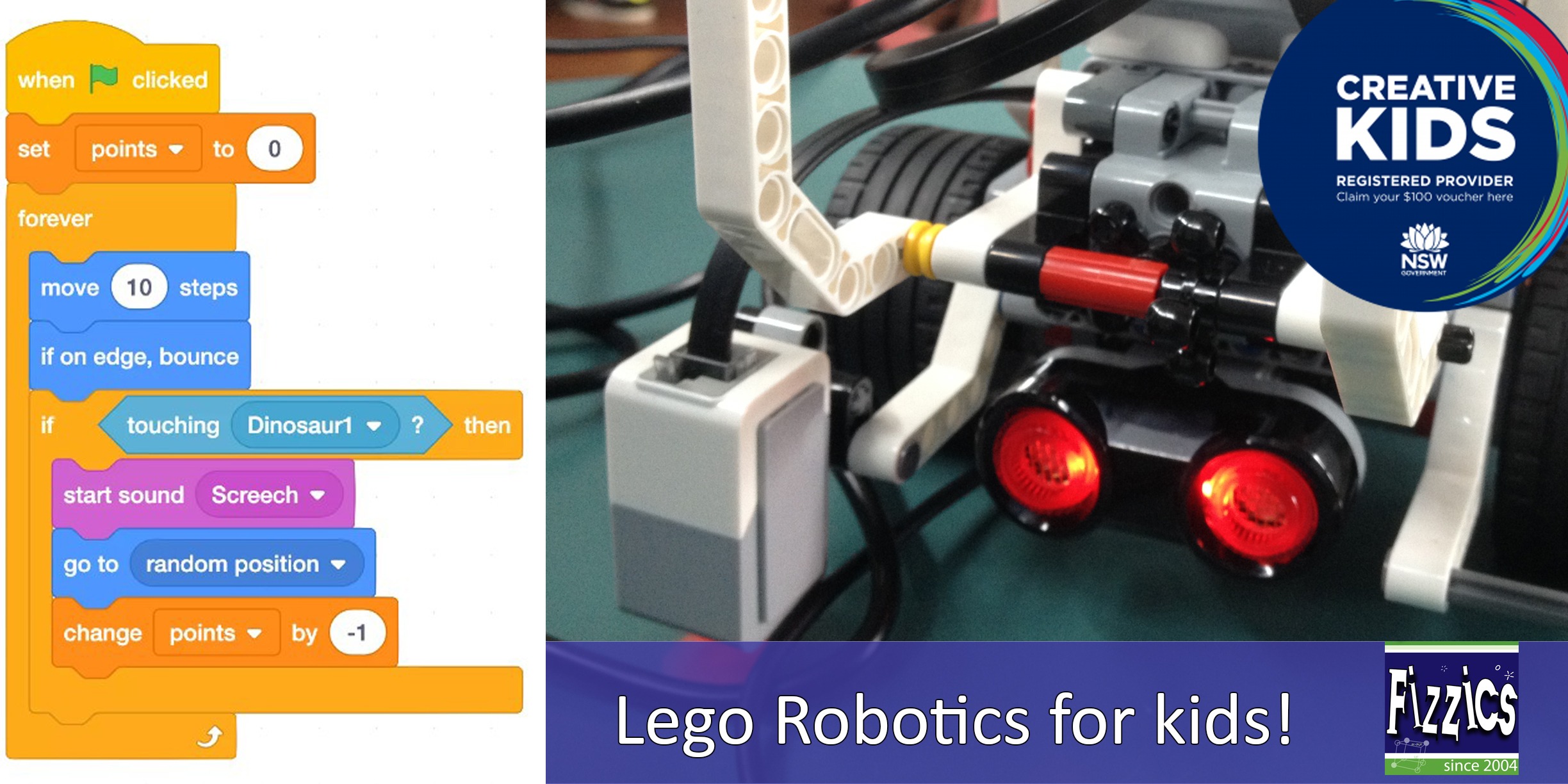
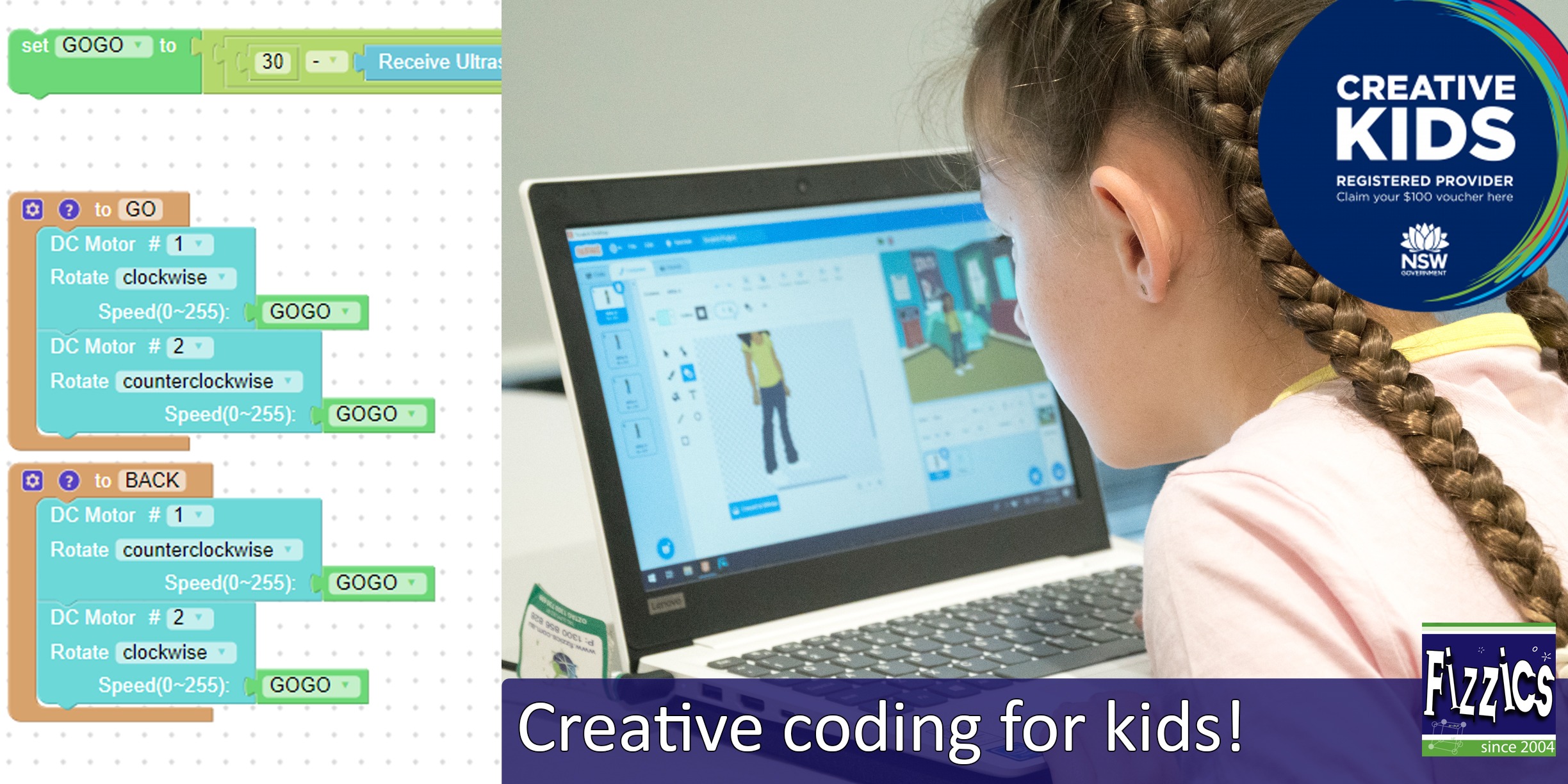
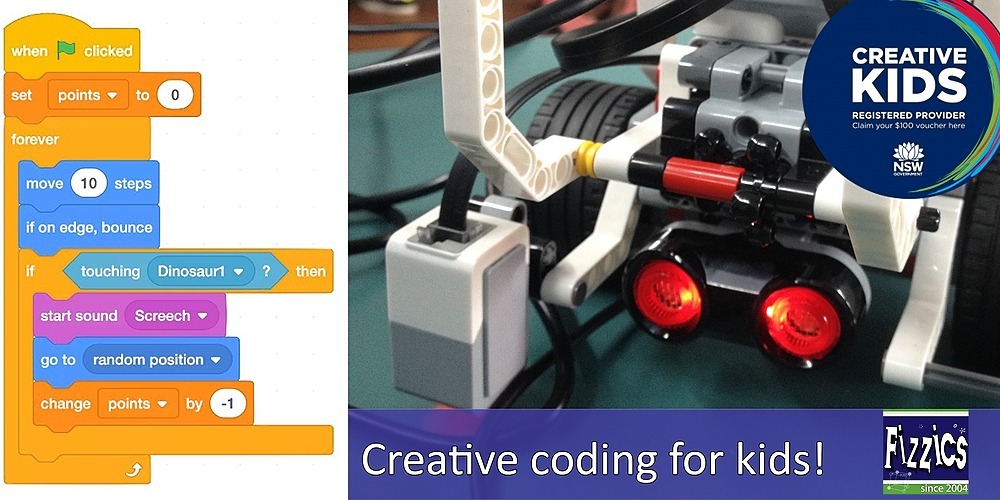





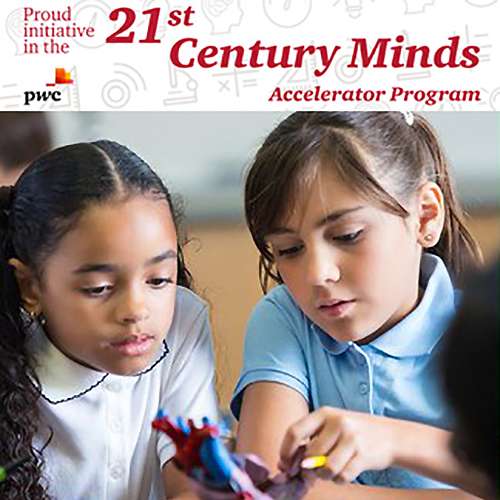







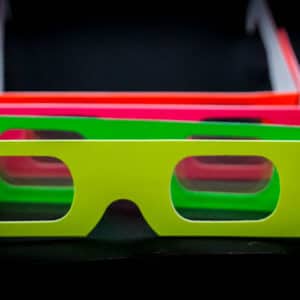



Comments